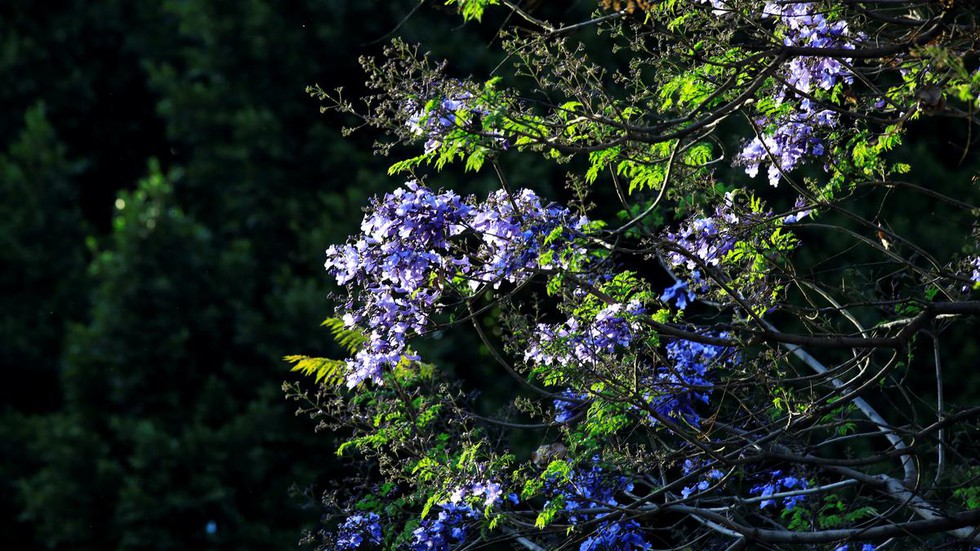The blooming of jacaranda trees in Mexico City, particularly during spring, is a visually stunning phenomenon attracting attention from residents, tourists, and wildlife. However, recent occurrences of early blooming have raised concerns among scientists and residents alike, leading to investigations into the possible correlation with climate change.
Early Blooming Phenomenon
Some jacaranda trees in Mexico City have started blooming as early as January, contrary to their usual spring awakening. This early onset of blooming has prompted investigations by local scientists to understand its extent and possible causes, with climate change being identified as a primary factor.
Scientific Investigation
Constantino Gonzalez, a researcher at the Institute of Atmospheric Sciences and Climate Change Research, emphasizes the need for comprehensive data collection to establish a correlation between climate change and early flowering. Efforts involve gathering data across the city and utilizing satellite imagery to compare bloom patterns year over year.
Impact of Climate Change
Rising temperatures have disrupted the seasonal cycle, causing winter to end prematurely in Mexico City. The shift in climate patterns has accelerated the blooming of jacaranda trees, leading to concerns among scientists and residents.
Historical Context
The tradition of jacaranda trees in Mexico City dates back to the late 19th century when Japanese landscape architect Tatsugoro Matsumoto advocated for their planting. Initially proposed to replicate the cherry blossom landscapes of Washington, D.C., jacarandas have since become integral to Mexico City’s urban environment.
Public Awareness and Concern
Increased awareness of climate change effects has been spurred by the early blooming phenomenon, with social media amplifying discussions and concerns among the public. Biologists and sustainability experts emphasize the importance of understanding the implications of changing bloom patterns on wildlife populations and urban ecosystems.
Resident Perspectives
Residents of Mexico City, while appreciative of the beauty jacarandas bring to the city, express surprise and concern over the trees blooming in winter, highlighting the abnormality of the situation and the potential implications of climate change.
Multiple Choice Questions (MCQs) with Answers:
- What phenomenon concerning jacaranda trees has raised concerns in Mexico City?
- A) Late blooming in spring
- B) Early blooming in winter
- C) No blooming at all
- D) Inconsistent blooming patterns
- Answer: B) Early blooming in winter
- Who is leading the scientific investigation into the early blooming of jacaranda trees?
- A) President Pascual Ortiz
- B) Constantino Gonzalez
- C) Tatsugoro Matsumoto
- D) Cristina Ayala
- Answer: B) Constantino Gonzalez
- What is identified as the primary culprit behind the early blooming of jacaranda trees?
- A) Deforestation
- B) Urbanization
- C) Climate change
- D) Soil erosion
- Answer: C) Climate change
- What historical figure advocated for the planting of jacaranda trees in Mexico City?
- A) Constantino Gonzalez
- B) Pascual Ortiz
- C) Tatsugoro Matsumoto
- D) Cristina Ayala
- Answer: C) Tatsugoro Matsumoto
- What is the significance of jacaranda trees in Mexico City’s urban environment?
- A) They provide shade for pedestrians.
- B) They are native species of Mexico.
- C) They attract wildlife and contribute to biodiversity.
- D) They help reduce air pollution.
- Answer: C) They attract wildlife and contribute to biodiversity.
